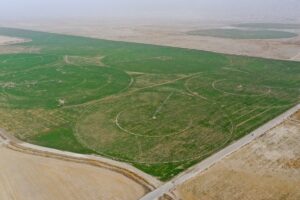Sir Norman Foster, born on June 1, 1935, in Manchester, England, is one of the most influential architects of our time. He studied architecture at the University of Manchester and later at Yale University, where he earned a Master’s degree in Architecture. In 1967, he founded Foster Associates, now known as Foster + Partners, which has grown into one of the most renowned architectural firms globally. Foster’s career spans over five decades, during which he has designed some of the world’s most iconic buildings.
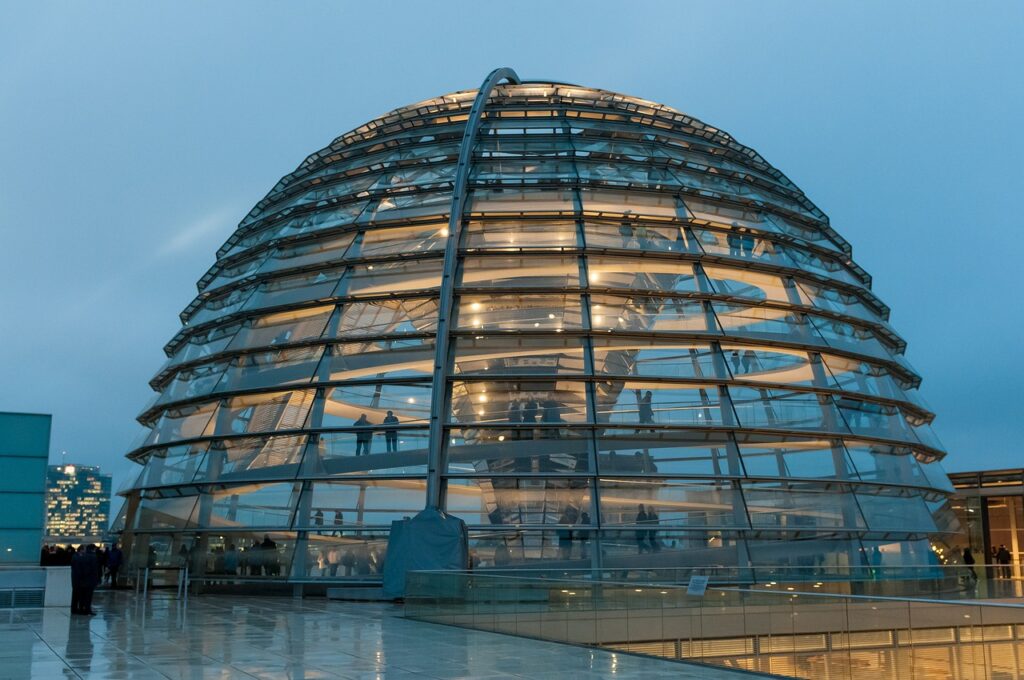 Pin
Pin Image by Angelo Giordano from Pixabay
Table of Contents
Overview of Norman Foster's Architectural Philosophy
Norman Foster’s architectural philosophy is rooted in the principles of modernism, emphasizing simplicity, functionality, and the use of advanced technology. He is known for his innovative approach to design, which often incorporates sustainable practices and cutting-edge materials. Foster believes in creating buildings that are not only aesthetically pleasing but also environmentally responsible and energy-efficient. His designs often feature extensive use of glass and steel, open spaces, and a seamless integration with the surrounding environment.
Notable Awards and Achievements
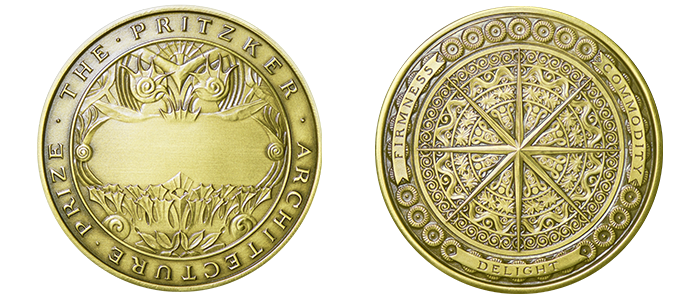 Pin
Pin - Pritzker Prize: In 1999, Norman Foster was awarded the prestigious Pritzker Architecture Prize, often referred to as the “Nobel Prize of Architecture.” This accolade recognized his significant contributions to the field of architecture and his innovative designs that have transformed urban landscapes around the world. The Pritzker Prize jury praised Foster for his ability to combine technology and aesthetics in a way that enhances the human experience.
- Other Recognitions: In addition to the Pritzker Prize, Foster has received numerous other awards and honors throughout his career. He was knighted in 1990 and was made a life peer in 1999, becoming Lord Foster of Thames Bank. Foster has also been awarded the Royal Gold Medal for Architecture by the Royal Institute of British Architects (RIBA) and the American Institute of Architects (AIA) Gold Medal. His firm, Foster + Partners, has won over 470 awards for excellence and has been involved in more than 60 international competitions.
Influence on Modern Architecture
- Role in Sustainable Design: Norman Foster has been a pioneer in sustainable architecture, advocating for designs that minimize environmental impact and promote energy efficiency. His projects often incorporate renewable energy sources, natural ventilation systems, and sustainable materials. For example, the HSBC Headquarters in Hong Kong features a modular design that allows for natural light and ventilation, reducing the need for artificial lighting and air conditioning. Foster’s commitment to sustainability has set new standards in the industry and inspired a generation of architects to prioritize eco-friendly practices.
- Impact on Urban Landscapes: Foster’s influence on urban landscapes is profound, with his designs reshaping city skylines and public spaces around the world. His work on the Reichstag Building in Berlin, with its iconic glass dome, symbolizes transparency and democracy, while the Gherkin in London has become a defining feature of the city’s financial district. Foster’s projects often blend seamlessly with their surroundings, enhancing the urban environment and creating spaces that are both functional and visually striking. His innovative use of materials and technology has pushed the boundaries of what is possible in architecture, leaving a lasting legacy on the built environment.
Architectural Styles of Foster
- Importance of Style in Architecture: Architectural style is a critical aspect of design that defines the visual and functional characteristics of buildings. It reflects cultural, technological, and social influences, and helps to communicate the architect’s vision and philosophy. Styles can range from classical to modern, each bringing unique elements that shape the built environment. For architects like Norman Foster, style is not just about aesthetics but also about innovation, sustainability, and functionality.
- High-Tech Architecture: High-tech architecture, also known as Structural Expressionism, emerged in the late 20th century. This style emphasizes the use of modern materials and technologies, often showcasing the building’s structural elements as part of the design. Key features include exposed steel frameworks, extensive use of glass, and visible mechanical systems. High-tech architecture aims to create buildings that are both functional and visually striking, often incorporating advanced engineering techniques.
Norman Foster is a leading figure in high-tech architecture, with many of his projects exemplifying this style. His designs often feature innovative use of materials and technology, creating structures that are both efficient and aesthetically pleasing. Notable examples include:
- The Gherkin (30 St Mary Axe), London: This iconic skyscraper is known for its distinctive shape and energy-efficient design. The building’s facade allows for natural ventilation, reducing the need for air conditioning.
- HSBC Headquarters, Hong Kong: This building’s modular design and external steel framework are hallmarks of high-tech architecture. The use of prefabricated components allowed for rapid construction and flexibility in office layouts.
- Hong Kong International Airport: Foster’s design for this airport incorporates large spans of glass and steel, creating a light-filled, open space that enhances the passenger experience.
Sustainable Design
Sustainable design focuses on minimizing the environmental impact of buildings through energy efficiency, use of renewable resources, and reducing waste.
- Energy Efficiency: Designing buildings that use less energy for heating, cooling, and lighting.
- Renewable Resources: Incorporating materials and technologies that are renewable and have a lower environmental footprint.
- Waste Reduction: Minimizing construction waste and promoting recycling and reuse of materials.
1. The Gherkin (30 St Mary Axe), London
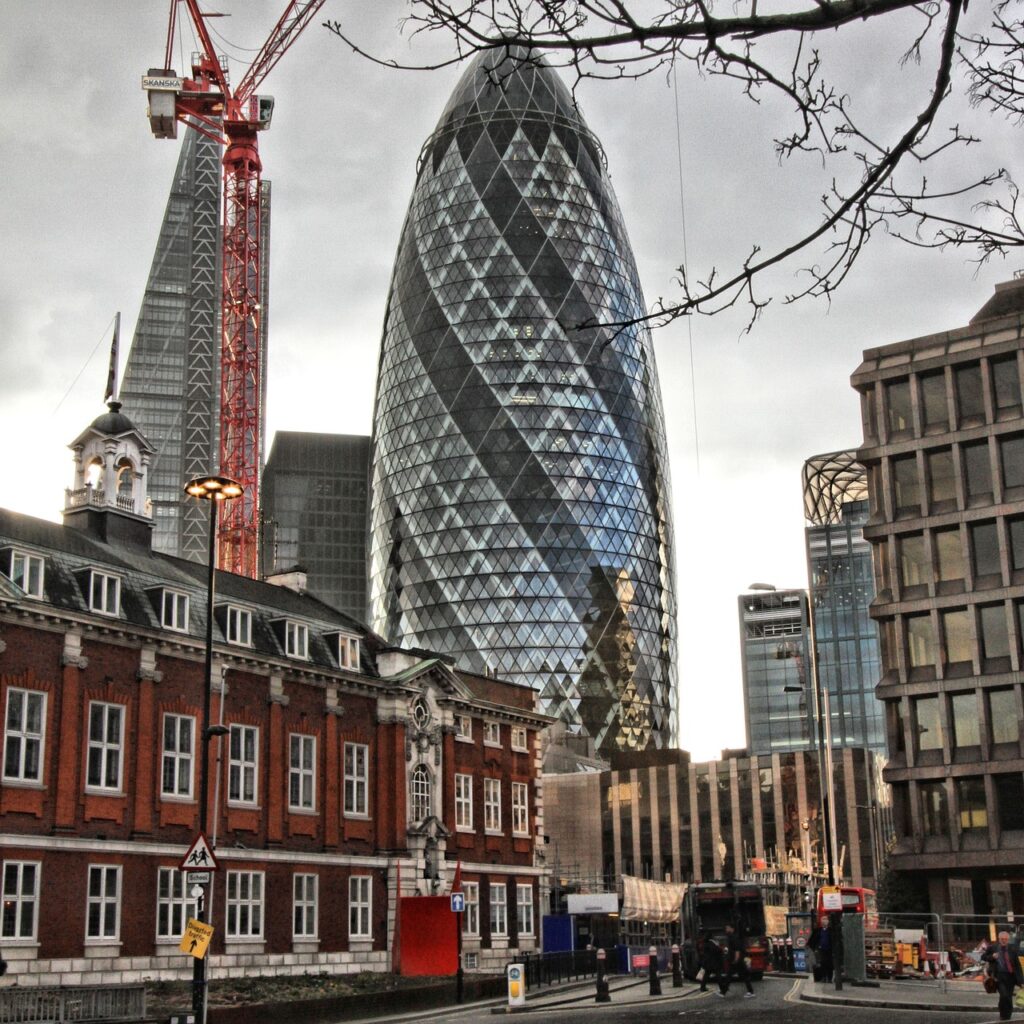 Pin
Pin Image by Jim Brewin from Pixabay
One of the most iconic structures in London, The Gherkin, officially known as 30 St Mary Axe, is a testament to Foster’s innovative design. Completed in 2003, this 41-story skyscraper is renowned for its unique, bullet-shaped silhouette and energy-efficient design. The building’s facade, inspired by the Venus flower basket sponge, allows for natural ventilation, significantly reducing energy consumption.
2. The Great Court at the British Museum, London
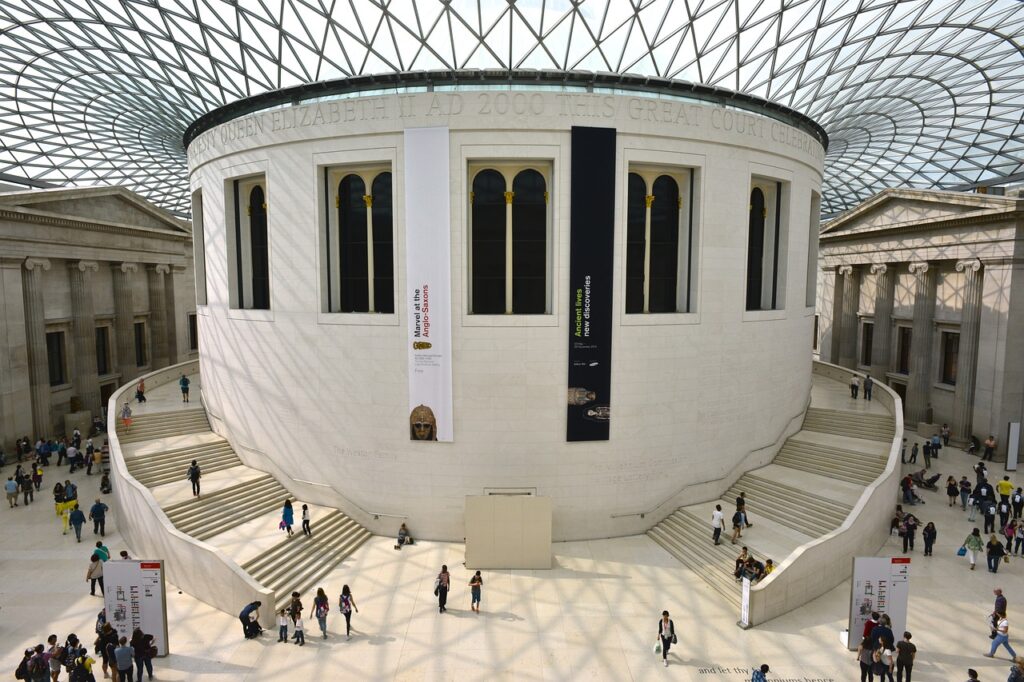 Pin
Pin Image by hurk from Pixabay
The transformation of the British Museum’s Great Court is another feather in Foster’s cap. Completed in 2000, this project involved covering the museum’s central courtyard with a stunning glass roof made up of 3,312 unique panes of glass. This modern addition not only enhances the aesthetic appeal of the historic building but also creates a welcoming public space.
3. HSBC Headquarters, Hong Kong
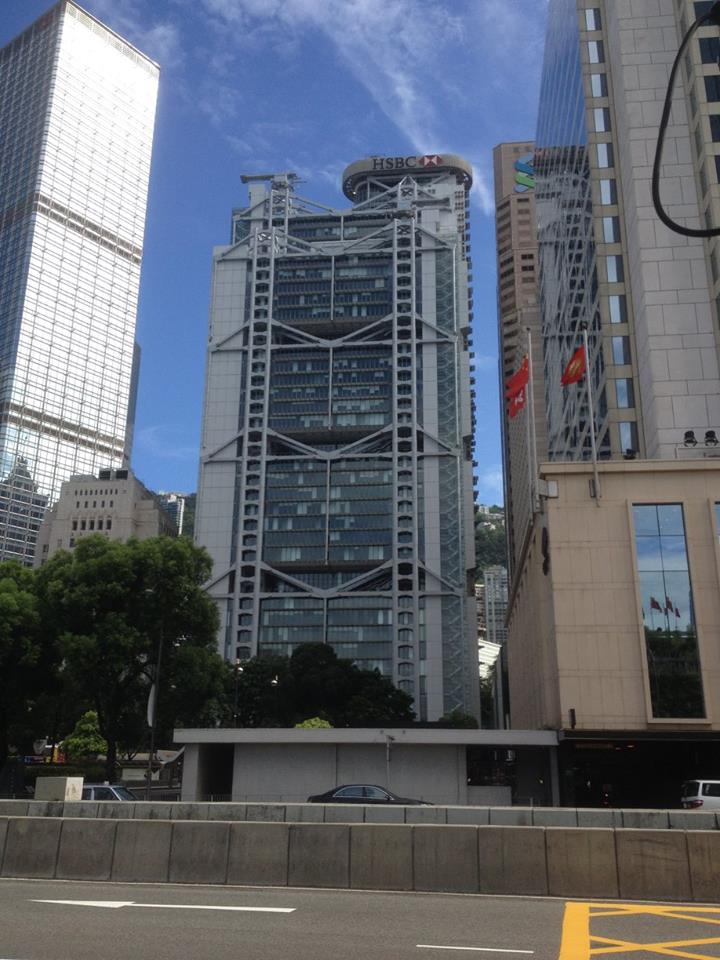 Pin
Pin Image from Wikimedia
Constructed between 1979 and 1986, the HSBC Headquarters in Hong Kong is a pioneering example of high-tech architecture. The building’s modular design, with its steel trusses and external elevators, allows for flexible office spaces and easy maintenance. This innovative approach set new standards for skyscraper design and functionality.
4. Reichstag Building, Berlin
 Pin
Pin Image by Albrecht Fietz from Pixabay
The reconstruction of the Reichstag Building in Berlin is one of Foster’s most celebrated projects. Completed in 1999, the renovation included the addition of a striking glass dome, symbolizing transparency and democracy. The dome offers panoramic views of the city and features a mirrored cone that directs natural light into the parliamentary chambers below.
5. Hearst Tower, New York
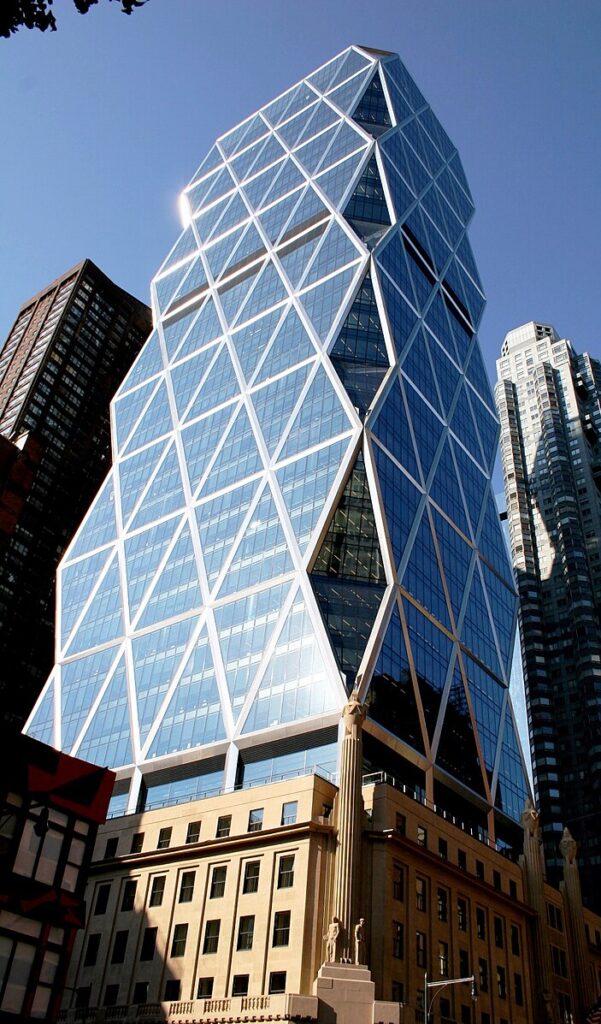 Pin
Pin Image from Wikimedia
The Hearst Tower, completed in 2006, is a prime example of Foster’s commitment to sustainability. The building’s diagrid structure not only provides stability but also reduces the amount of steel required for construction. The tower’s design incorporates numerous eco-friendly features, making it one of New York City’s most sustainable skyscrapers.
6. Millau Viaduct, France
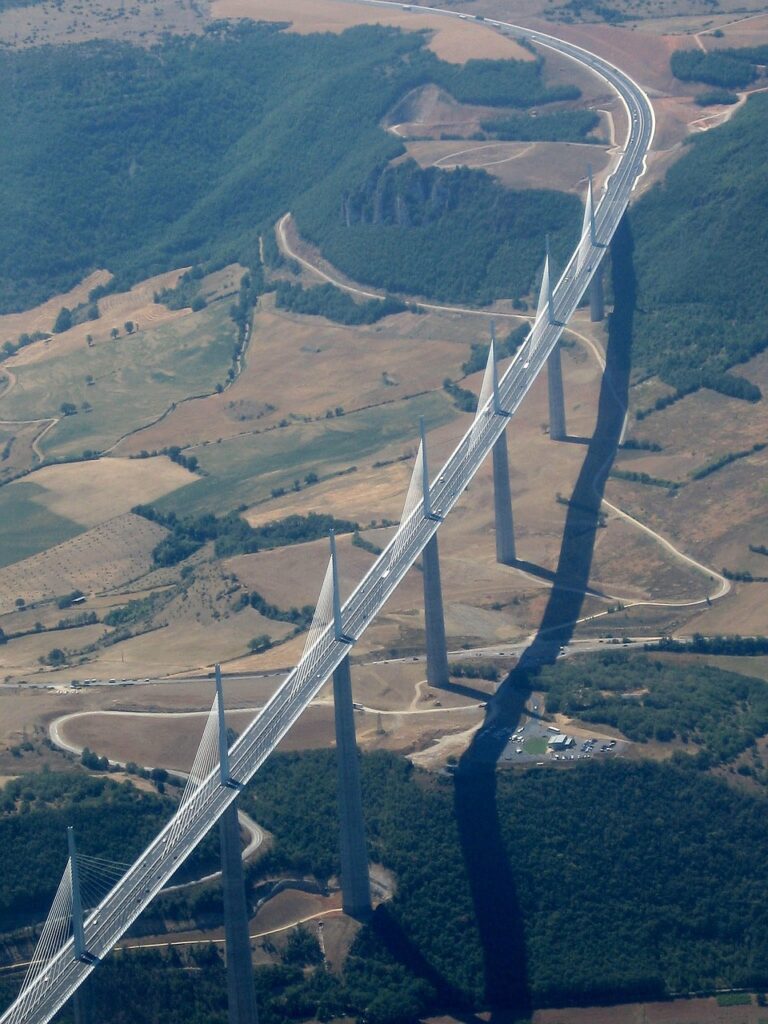 Pin
Pin Image by Gwenaële Moignic from Pixabay
The Millau Viaduct, completed in 2004, is the tallest bridge in the world and a marvel of modern engineering. Spanning the Tarn River Valley in southern France, this cable-stayed bridge stands at a height of 343 meters. Foster’s design emphasizes both functionality and aesthetics, blending seamlessly with the surrounding landscape.
7. Apple Park, Cupertino
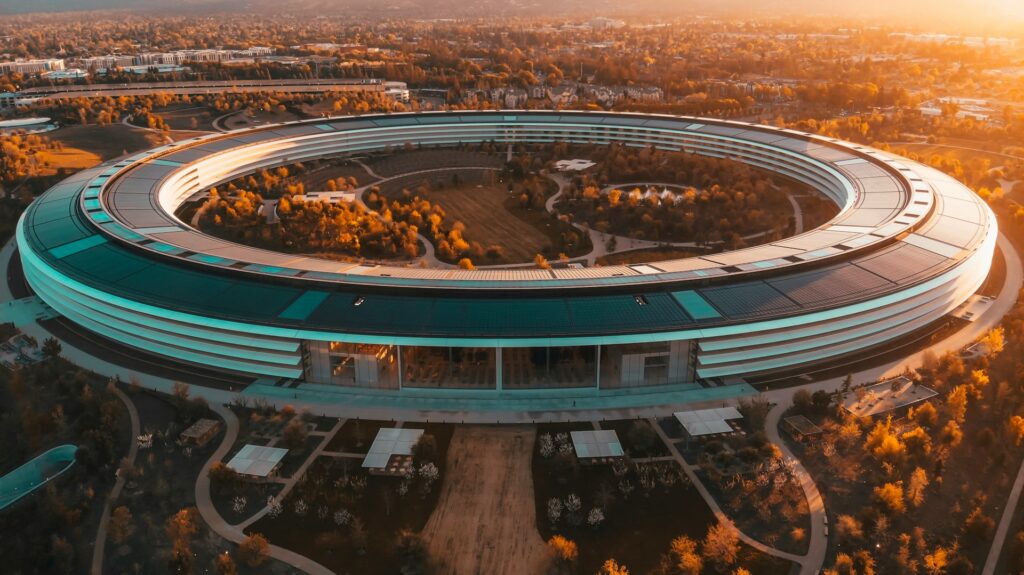 Pin
Pin Image by Carles Rabada from Unsplash
Apple Park, the headquarters of Apple Inc., is another masterpiece by Norman Foster. Completed in 2017, this futuristic campus is designed to foster creativity and collaboration. The circular building, often referred to as the “Spaceship,” features extensive use of glass and sustainable materials, reflecting Foster’s commitment to environmental responsibility.
Future Directions in Architecture
The field of architecture is constantly evolving, driven by technological advancements, environmental concerns, and changing societal needs. Future trends in architecture are expected to focus on sustainability, smart cities, and the integration of cutting-edge technologies. Architects are increasingly looking to create buildings that are not only aesthetically pleasing but also environmentally responsible and adaptable to the needs of future generations.
Foster’s Vision for the Future: Norman Foster has long been an advocate for sustainable architecture. His vision for the future includes creating buildings that harmonize with nature and utilize renewable energy sources. Foster emphasizes the importance of designing structures that minimize their environmental impact through energy efficiency, use of sustainable materials, and innovative technologies.
Projects like Apple Park in Cupertino and the Hearst Tower in New York exemplify his commitment to sustainability, featuring extensive use of natural light, renewable energy, and eco-friendly materials.
Emerging Technologies in Architecture
- Integration of AI, VR, and Other Technologies: The integration of emerging technologies such as Artificial Intelligence (AI), Virtual Reality (VR), and Augmented Reality (AR) is revolutionizing the field of architecture. AI is being used to optimize building designs, predict structural performance, and enhance energy efficiency. VR and AR allow architects and clients to visualize and interact with designs in immersive 3D environments, improving communication and decision-making processes. These technologies enable more accurate and efficient design processes, reducing errors and enhancing creativity.
- AI in Architecture: AI can analyze vast amounts of data to optimize building performance, predict maintenance needs, and enhance sustainability. It also aids in creating complex designs that would be difficult to achieve manually.
- VR and AR: These technologies provide immersive experiences, allowing architects and clients to explore and modify designs in real-time. This leads to better understanding and collaboration, ensuring that the final product meets the client’s expectations.
Lasting Legacy and Inspiration
Norman Foster’s contributions to architecture have left a lasting legacy, inspiring future generations of architects to prioritize sustainability and innovation. His vision for the future includes creating buildings that are not only functional and beautiful but also environmentally responsible and adaptable to the changing needs of society. As emerging technologies continue to transform the field, Foster’s work serves as a guiding light, demonstrating the potential of architecture to shape a better, more sustainable world.
FAQs
Norman Foster is a renowned British architect known for his innovative and sustainable designs. He is the founder of Foster + Partners, one of the world’s leading architectural firms. Foster has designed numerous iconic buildings around the globe, earning him prestigious awards such as the Pritzker Architecture Prize.
Some of Norman Foster’s most famous buildings include The Gherkin (30 St Mary Axe) in London, the HSBC Headquarters in Hong Kong, the Reichstag Building in Berlin, the Hearst Tower in New York, and Apple Park in Cupertino. Each of these structures showcases his unique approach to design and sustainability.
High-tech architecture, also known as Structural Expressionism, emphasizes the use of modern materials and technologies, often showcasing the building’s structural elements. Norman Foster is a leading figure in this style, with notable examples including The Gherkin and the HSBC Headquarters, which feature exposed steel frameworks and advanced engineering techniques.
Norman Foster incorporates sustainability into his designs by using energy-efficient systems, renewable materials, and innovative technologies. His buildings often feature natural ventilation, extensive use of glass for natural lighting, and renewable energy sources. Projects like Apple Park and the Hearst Tower are prime examples of his commitment to sustainable architecture.
Norman Foster has received numerous awards for his contributions to architecture, including the Pritzker Architecture Prize, the Royal Gold Medal for Architecture, and the American Institute of Architects (AIA) Gold Medal. He was also knighted in 1990 and made a life peer in 1999, becoming Lord Foster of Thames Bank.
Norman Foster has significantly influenced modern architecture through his innovative designs and sustainable practices. His work has redefined urban landscapes and set new standards for energy efficiency and environmental responsibility. Foster’s projects often blend form and function, creating spaces that are both beautiful and practical.
The Gherkin, officially known as 30 St Mary Axe, is one of London’s most iconic skyscrapers. Designed by Norman Foster, it is renowned for its unique, bullet-shaped silhouette and energy-efficient design. The building’s facade allows for natural ventilation, significantly reducing energy consumption and setting a benchmark for sustainable skyscrapers.
The Reichstag Building in Berlin, renovated by Norman Foster, features a striking glass dome that symbolizes transparency and democracy. The dome offers panoramic views of the city and includes a mirrored cone that directs natural light into the parliamentary chambers below, enhancing both aesthetics and functionality.
Apple Park, designed by Norman Foster, is notable for its futuristic design and commitment to sustainability. The circular building, often referred to as the “Spaceship,” features extensive use of glass and sustainable materials. It is designed to foster creativity and collaboration, reflecting Foster’s vision for environmentally responsible architecture.
Norman Foster is involved in several emerging trends in architecture, including the integration of AI, VR, and other advanced technologies. These innovations are transforming the design process, enhancing sustainability, and improving the functionality of buildings. Foster’s work continues to push the boundaries of what is possible in architecture, setting new benchmarks for the industry.





















